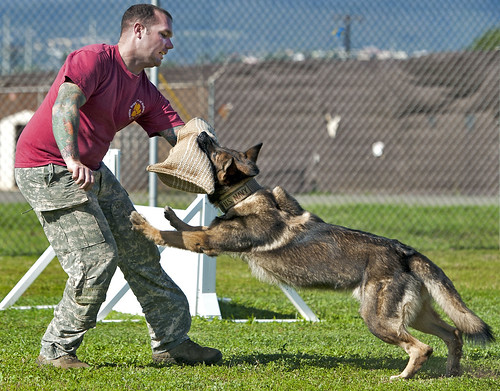
Excellent article by Melissa Luck of the yaktrinews.com reports that House Bill 1054 would limit law enforcement officers from using controversial police tactics like chokeholds and tear gas.
The bill was pre-filed by Democrat Rep. Jesse Johnson from Federal Way.
House Bill 1054 states that peace officers could not use chokeholds or neck restraints; unleashed police dogs for the purpose of arresting or apprehending someone or tear gas.
The bill also states law enforcement agencies cannot acquire or use military equipment, defined as “firearms and ammunition of .50 caliber or greater, machine guns, silencers, armored vehicles, armed vehicles, armed aircraft, tanks, mine resistant ambush protected vehicles, long range acoustic hailing devices, rockets, rocket launchers, bayonets, grenades, grenade launchers, missiles, directed energy systems and electromagnetic spectrum weapons.”
If agencies have that equipment, the bill requires them to return it to the federal agency from which it was obtained. It also states that uniformed officers can not intentionally cover, conceal or obscure their badge or badge number while on duty.
In addition, HB 1054 requires agencies to provide updated training on vehicular pursuits. It also would change what is allowed in those pursuits, specifically saying officers have to be able to prove “the safety risks of failing to apprehend or identify the person are considered to be greater than the safety risks associated with the vehicular pursuit.” It also says officers are prohibited from firing into a moving vehicle unless necessary to protect against an imminent threat of serious physical harm from the operator’s or a passenger’s use of a deadly weapon, not including the vehicle itself.
My opinion? I hope it passes. Clearly, one of the themes of this year’s legislative session will be police reform and accountability.
Please contact my office if you, a friend or family member are charged with a crime. Hiring an effective and competent defense attorney is the first and best step toward justice.








